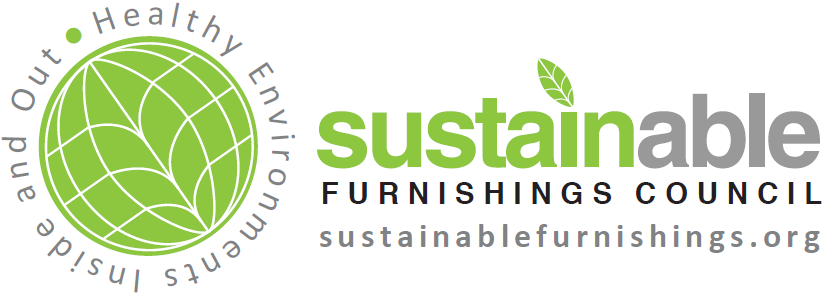 Let’s talk about textiles. Everyone uses textiles, but not everyone recycles them. We live in an era of “fast-fashion”, where consumers buy the latest and greatest, sometimes at the expense of quality and sustainability. Throughout the past decade, textile waste has been skyrocketing, yet we’ve seen few changes in the way clothing gets repurposed. Why are landfills fuller than ever at a time when the potential for a significant recycling effort exists?
Let’s talk about textiles. Everyone uses textiles, but not everyone recycles them. We live in an era of “fast-fashion”, where consumers buy the latest and greatest, sometimes at the expense of quality and sustainability. Throughout the past decade, textile waste has been skyrocketing, yet we’ve seen few changes in the way clothing gets repurposed. Why are landfills fuller than ever at a time when the potential for a significant recycling effort exists?
Is it really a problem?
A quick look at the statistics, according to the Environmental Protection Agency (EPA) reveals:
The average US citizen throws away 70 pounds of clothing and other textiles annually.
Only 15% of consumer clothing is recycled. That means 85% of used textiles still go to national landfills.
More than 15 million tons of used textile waste is generated each year in the United States, a number that has doubled over the last 20 years.
We’re buying more and holding onto it for less time. The average American buys 60% more textile items each year but holds on to them for about half as long as consumers did 15 years ago.
If we measure the average home’s textile impact in terms of carbon and water footprints, it’s the same as wasting the water needed to fill 1,000 bathtubs and driving an average modern car 6,000 miles!
Throwing away clothing is wasteful and expensive. Municipalities pay $45 per ton of waste sent to a landfill.
What can we learn from these staggering statistics? We’re buying too many clothes, throwing away too many clothes, and it’s causing a real problem when it comes to our environment. It’s one thing to address a real problem, but another to come up with solutions to fix it:
- Buy fewer, higher quality items. When it comes to textiles, including everything from t-shirts to curtains to rugs, think of your purchases as an investment. You’re investing in years of use, less waste and a happier Earth.
- Buy second hand. For statement textiles that you may only wear seasonally, check out thrift shops or consignment stores. They often have great clothes and other household fabrics at a fraction of the cost.
- Donate! When something simply doesn’t fit your body or your style any more, donate! The local Salvation Army or Goodwill is a great place to drop off old textiles. If they don’t sell the item in a reasonable amount of time, most will hand it off to a textile recycling company.
- Repurpose on your own. Sometimes old shirts can be made into rags for cleaning up spills or dusting. Old rugs can be utilized in other areas of the house like the garage or basement. Worn out curtains and sheets make great Halloween costumes too! Get creative for the sake of a cleaner environment.
- Support textile recycling companies. Now that textile waste is more clearly a problem, organizations like the American Textile Recycling Service are doing their part to provide collection and donation solutions for gently used, unwanted textiles. They make textile recycling more accessible and give back to the community and provide jobs while they’re at it!
At the Sustainable Furnishings council, we’re striving to raise awareness and expand the adoption of environmentally sustainable practices across the home furnishings industry. From textiles to tapestries, we see a need to make our homes and offices more eco-friendly. To learn more about the SFC and join our team, click here and to stay up to date with our blogs, click here!
Sources
https://www.newsweek.com/2016/09/09/old-clothes-fashion-waste-crisis-494824.html
https://www.thebalancesmb.com/textile-recycling-facts-and-figures-2878122
http://www.weardonaterecycle.org/

